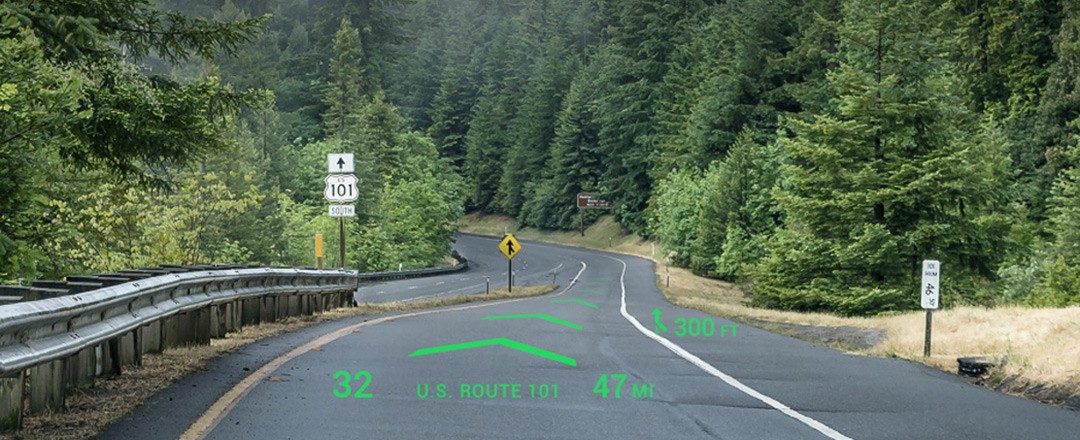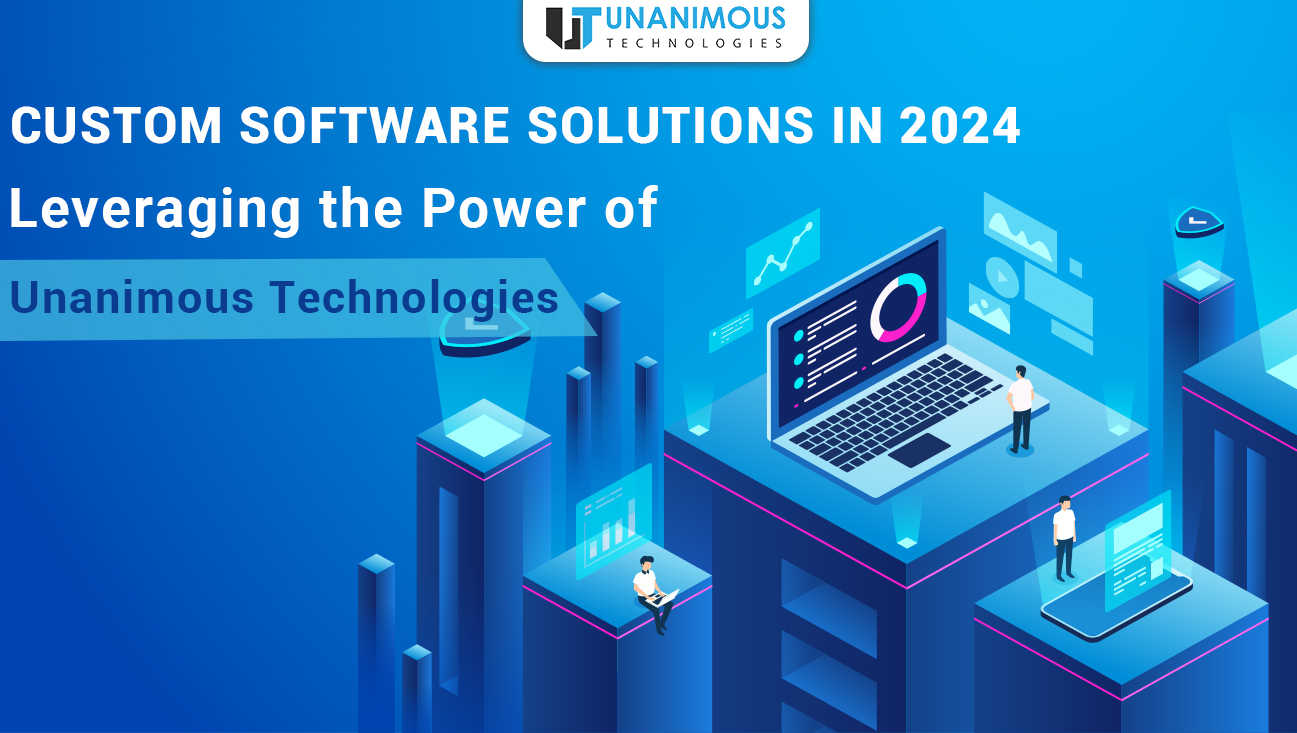When social media and gaming communities connect to AR-enabled applications, it erases geographic distances between people. While one user is physically present in a real-world situation, AR enables other users to interact remotely with that same experience.
Collaborative AR
Current collaboration tools already allow data-sharing in real time: people can watch each other play online games, collaborate on work projects, comment on clothes that someone is trying on, and much more. Augmented reality apps are being integrated into these collaboration tools, offering quantum advances in sharing. Now it’s not only possible to share digital experiences over the internet but to blend those with the local physical world.
Augmented reality is a powerful tool for visualizing data, and its power increases with every new piece of information it receives. This technology was once a novelty, largely confined to gaming applications and funny social media filters. Now, however, the cloud and IoT technologies have opened up vital uses for real-time data overlays. AR has finally become a practical tool, making waves in industries that depend on complex interactions of users and data. This crucial new role for augmented reality is due to its integration with the internet of things. Here’s a quick overview of that relationship.
Visualizing complex data, whether in the form of maps, safety information, or financial figures, is a challenge that AR is effectively tackling.
Local technologies like Bluetooth and wifi can further enhance the way AR interacts with the internet of things by encouraging users to come together physically after first connecting them online. Mutual Mobile has helped pioneer this innovation through locally shared AR experiences, such as the one that Joe Crotchett and his team demonstrated at MIT’s 2017 “Reality, Virtually, Hackathon.” Their shared AR project won first place in the “Best Everyday Mobile Hacks” category. In this project, users connect with each other through Bluetooth/WiFi capabilities to share synchronized AR experiences across multiple devices, eliminating the isolated user experience that traditionally constrained AR applications.
Breaking Down the Barriers
As technology moves forward, it decreases the boundaries between people. Physical distance no longer has to interfere with conversations, and lack of a common language is easily overcome. The value of games and social media depends on connecting users into a fully interactive community. In the past, personal computer capacity placed limits on these interactions. Integrating AR with IoT technologies helps eliminate those barriers in a novel way.

Also, users can get access to data about their favorite products quickly in an informational AR overlay, and then share it immediately. This overlay may tell shoppers about a product they’re examining on a store shelf, such as nutritional content on food. Alternatively, the AR component may inform customers about availability, such as whether a pair of shoes or a coat in the right size is in stock.
Health and Safety.
Receiving vital information quickly can save lives. “Head-up displays,” or HUD, are designed for this exact purpose. One growing use of these displays is in the automotive industry. Small transparent screens help make users ultra-aware of their surroundings, as they can be mounted in front of the windshield. These displays give a car the feel of a fighter jet or video game, overlaying speed and lane data on top of the actual road that the driver sees through the windshield.
Any such information creates a social occasion, as real-time conversation can be conducted remotely by a set of friends. This integration of AR and shopping establishes an ideal channel for marketing, which can be laser-focused and location-based within a physical store.
Social Media and Content Distribution
The integration of AR with social media and content distribution platforms holds new promise. By connecting with other people in real-time on a social media AR platform, shoppers can easily share decision-making and brand experiences. They can consume and distribute content in a way that interweaves with daily life. The act of shopping becomes a fun and exciting experience.
Better Than Plain Sight
AR-powered safety helmets such as the DAQRI can be used to detect falling objects or overlay other useful information against the real world. They are similar to Google Glass, but as industrial tools, they don’t have the same price and fashion constraints.
Qwake Tech AR helmets for firefighters have a HUD, which overlays a thermal imaging display as well as toxicity and biometric sensors.

Many companies are using AR to power their internet of things strategy. Instead of looking at a diagram and trying to match it to the real mechanism, interactive manuals can superimpose instructions on a user’s view of the real-life object. Thyssen Krupp elevator technicians use a Microsoft HoloLens to identify problems and provide hands-free access to technical data.
Amazing new interactions become possible when AR technology enters the factory floor. A tech developer at Mitsubishi Electric comments, “We think that the most useful application of AR is maintenance in a manufacturing environment.” Mitsubishi anticipates that the AR systems it is producing will also be useful in maintaining water treatment plants and electrical systems.
As devices inevitably become networked endpoints, the possibilities expand. Workers will be able to share real-time data to keep the workplace safe. They will be able to warn each other about the movement of dangerous machinery, the location of someone in need of help, or other data such as map overlays and hazards.
Interactive Guides in Manufacturing
It’s not hard to find a user manual or repair guide online but finding one that’s easy to use is a different story entirely. By connecting AR to the vast libraries of 3D models and product data available, amazing new interactions become possible. Identifying equipment from an image or by scanning a unique identifier can return useful information in real time. This information is then visualized in an augmented reality overlay.
Location-Based Services.
Every modern phone and car has access to some method of tracking its location, and such services have become integral to our digital lives. With a huge user base made up of multiple devices, advanced location-based visualization is possible. One great example of these possibilities is Pokemon Go, which mesmerized gamers all over the world. Many industries quickly recognized the potential in the technology: If a network of users could see informational overlays based on location, a whole new digital landscape opened up. Gatwick Airport is using AR apps to connect with customers in the airport and find out where they are. This information guides mutual decision-making by customers and airlines.

Volumetric Geofencing and Geotagging.
Advancements in Geofencing technology now show all activity within a three-dimensional space. Integrating this technology into AR applications gives rise to fresh functionality. Some examples include creating private air spaces, designating hazards or construction on roadways, or even identifying parts of a building or facility for advanced mapping. By laying out volumetric data and making it available in real time to an AR device, users can share detailed, accurate information about their surroundings.
As the internet of things connects us more closely with our location, it also provides opportunities for increased privacy and protection. Augmented reality development is now looking at ways to protect against terrorism: A statement from the Swedish government explains that they are seeking a “technical solution to enable only authorized vehicles to be driven within a geographically defined area.”.
Terrain GIS Data
GIS terrain data is widely available in real time and is being integrated into AR applications with IoT endpoints. There are a growing number of business uses for this insight. Toms River Municipal Utilities Authority (TRMUA) is using GIS mapping of utility lines to power worker headsets. In this way, field workers are easily able to locate underground utilities. The same technology lets developers visualize their construction plans as overlays with real-world elevation data, while maps and other digital tools will all work in three-dimensional space.
Architecture, Interior Design, and City Planning
IoT AR devices will provide architects and interior designers a whole new communication medium. Zillow recently invested in AR interior design app Hutch. This app lets clients take photos of their home spaces, virtually clear the room, and then add various items and filters to create a whole new look.
Imaging composite data, whether in the form of maps, safety information, or financial figures, is a challenge that AR is effectively tackling. With an AR device, users aren’t tied to a computer screen, and information can be effortlessly overlaid against the real world. AR-powered IoT devices also have the unique ability to break down the physical barriers that separate us and bring us together in an interactive environment that feels more natural.
Medicine.
As AR picks up steam, more IoT and edge technologies are going to empower it.
IoT technologies already let patients and hospitals share records directly with one another. Patients can visualize what’s going on in their bodies by viewing 3D scans, presented to them in a friendly and natural manner. Medical  Futurist describes other related healthcare innovations. One of these is the EyeDecide app, which helps patients understand and indicate their symptoms more clearly. Another is Accuvein, which enables nurses to locate patient veins for procedures. Medical students are using AR to visualize internal anatomical systems, walking around a three-dimensional model of a body and then dissecting it.
Futurist describes other related healthcare innovations. One of these is the EyeDecide app, which helps patients understand and indicate their symptoms more clearly. Another is Accuvein, which enables nurses to locate patient veins for procedures. Medical students are using AR to visualize internal anatomical systems, walking around a three-dimensional model of a body and then dissecting it.
The effort to virtualize entire cities, inside and out, and make that data accessible to IoT enabled devices is already underway. City planners can see existing and potential buildings side by side with unprecedented new abilities. Police forces and firefighters can access architectural layouts in real time. Dutch police consult remotely with experts on crime scene management using AR technology.






